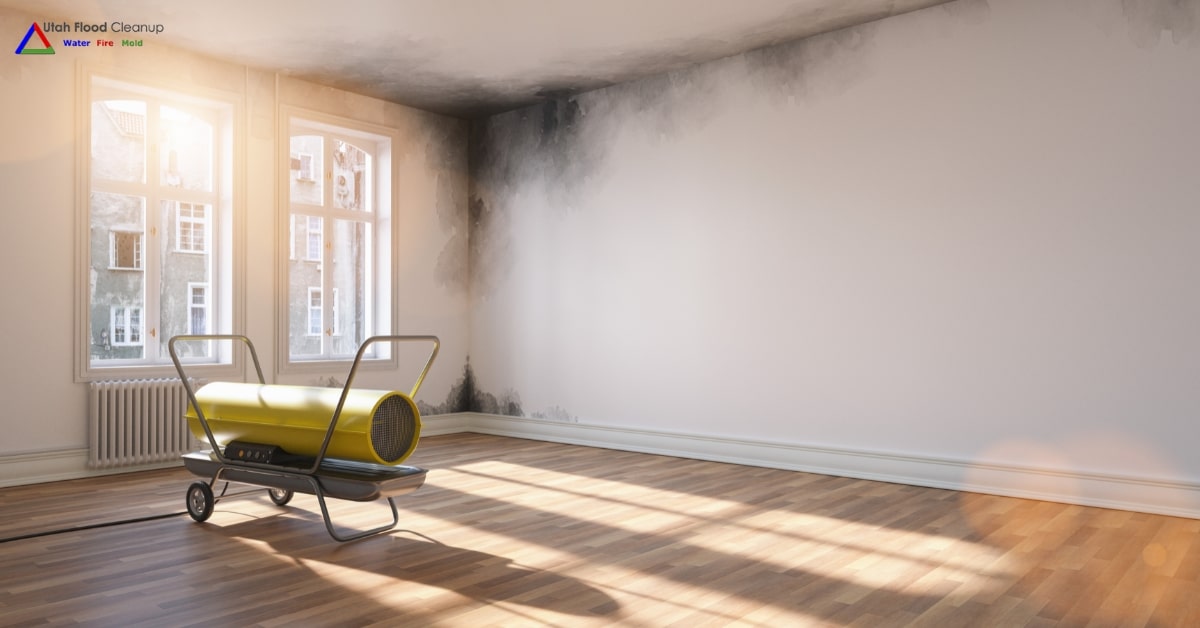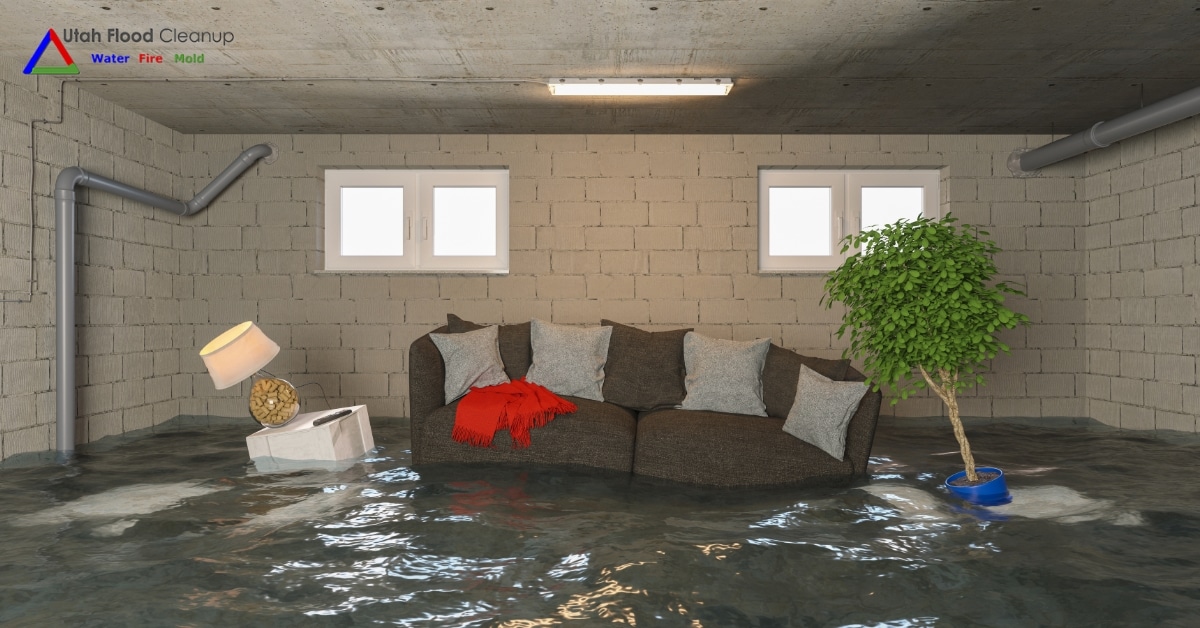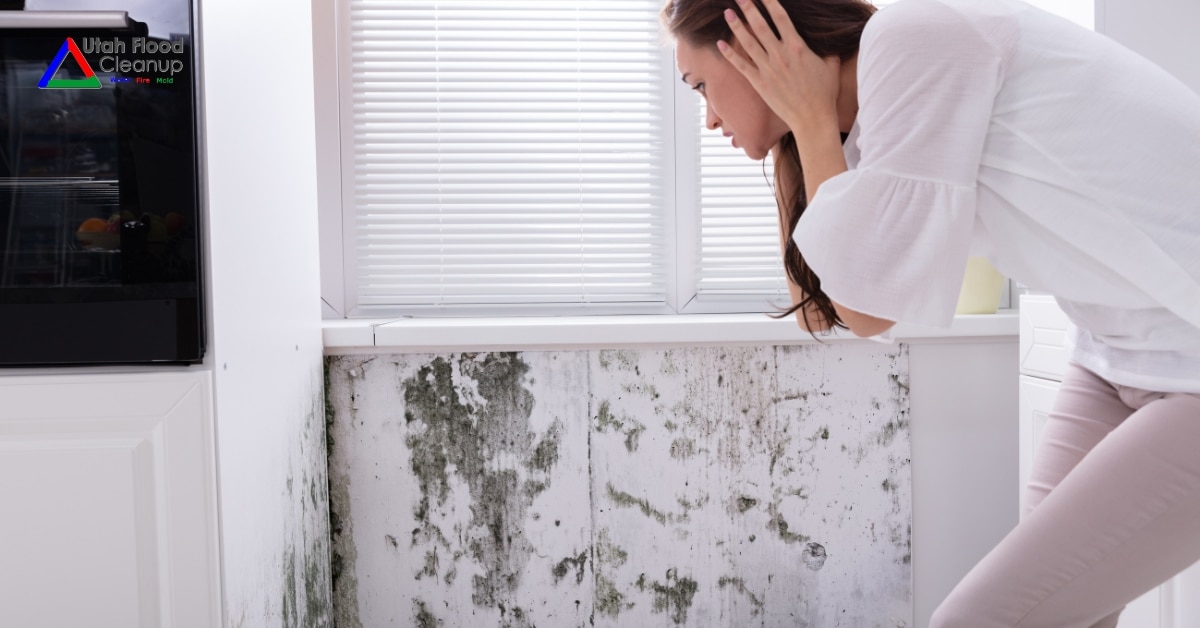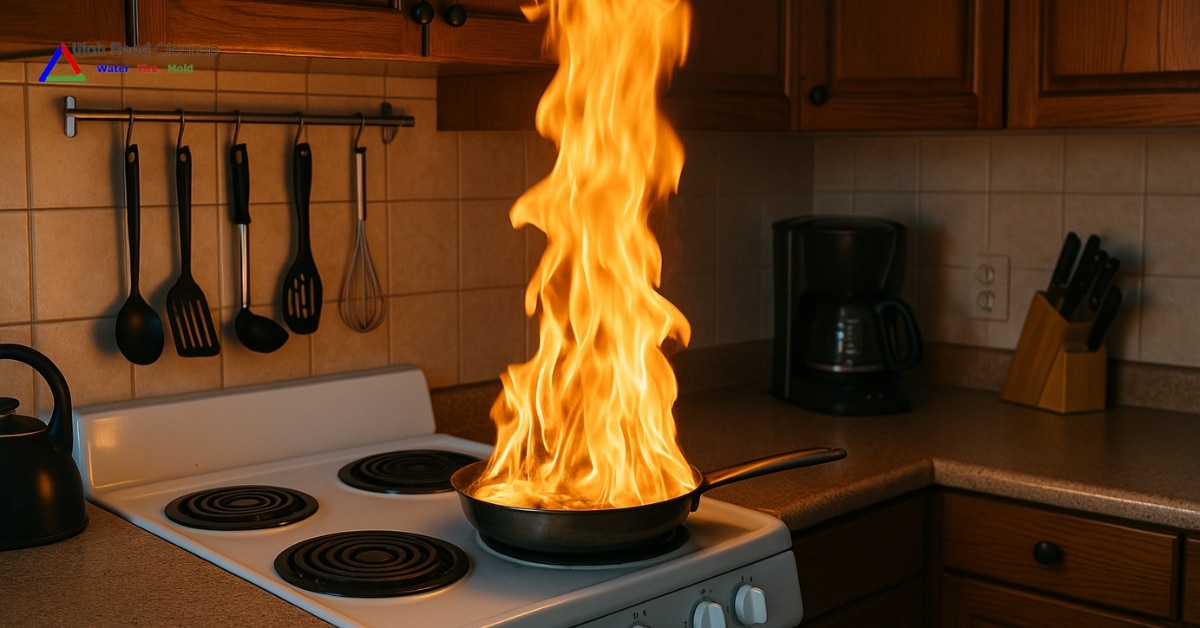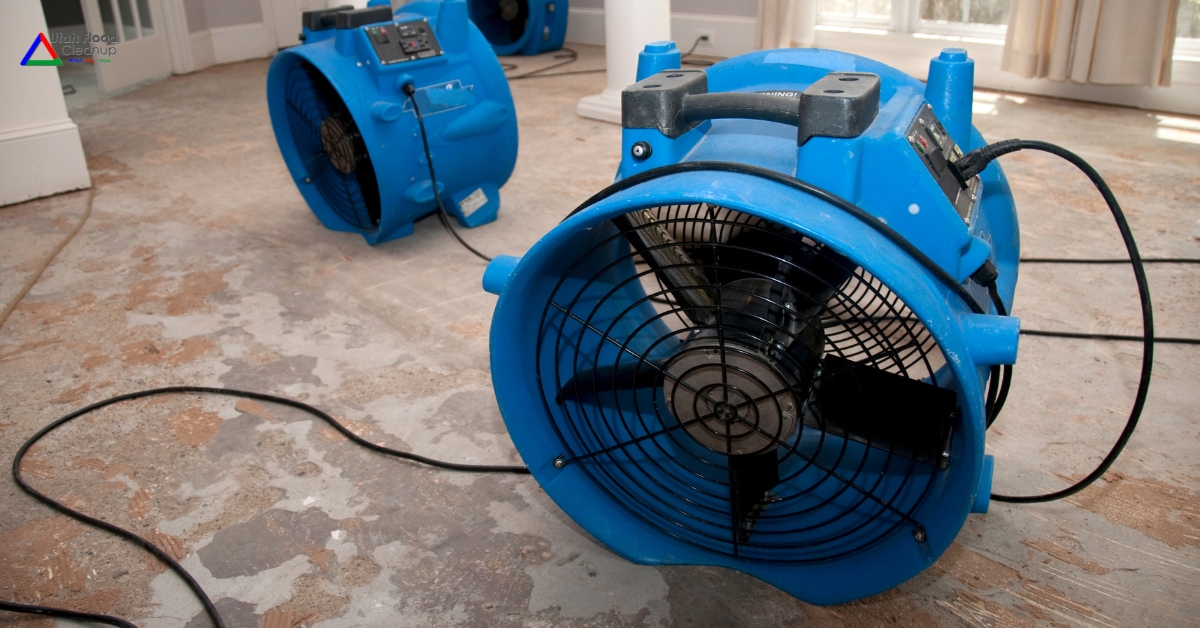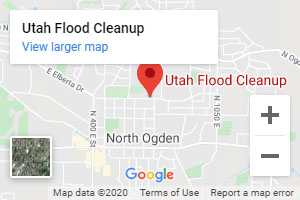When you think of threats to your home, what comes to mind? Fire? Floods? In Ogden and Salt Lake City, Utah, homeowners have another stealthy adversary to be wary of—mold. Not only can it damage your home's structure, but it can also pose serious health risks. Learning how to identify mold and tackle it efficiently is crucial.
Mold Identification Guide
Mold is a broad term that encompasses various types of fungi. Identifying the type of mold in your house is the first step towards effective mold management. Here are a few common types you might encounter in your home:
- Aspergillus (Aspergillus spp.): A common indoor mold, Aspergillus comes in various colors, including green, white, or gray. It typically grows in thick layers on walls and other surfaces and can produce a musty odor. If inhaled, it can cause respiratory issues and allergic reactions.
- Cladosporium (Cladosporium spp.): Cladosporium is a black or green mold often found on painted surfaces, textiles, and wood materials. It grows well in both warm and cold conditions. It may emit an earthly smell and can cause skin irritation, lung infections, or sinusitis.
- Penicillium (Penicillium spp.): Recognizable by its blue or green color, Penicillium is often found on materials that have been damaged by water, such as wallpaper, carpeting, and insulation. Its musty odor is distinctive, and it's known to lead to allergies and asthma.
- Stachybotrys Chartarum (Stachybotrys spp.): Also known as black mold, this is a toxigenic mold that can cause serious health complications. It's black or dark green and grows on high-cellulose, low-nitrogen surfaces (like drywall, gypsum board, paper, fiberboard, and lint). It often smells musty and damp.
- Alternaria (Alternaria spp.): This mold is typically dark green or brown with a velvety texture. It's one of the most common molds and can be found in areas where dampness occurs, such as under leaky sinks or showers. Alternaria mold does not have a distinct smell but can lead to allergic reactions and asthma attacks.
- Chaetomium (Chaetomium spp.): This mold initially appears white but quickly darkens to a gray or brown color. It has a cotton-like texture and is commonly found in water-damaged homes and buildings, specifically on drywall, wallpaper, baseboards, and window frames. Chaetomium emits a musty odor and can lead to various health issues.
- Fusarium (Fusarium spp.): Fusarium is unique in its ability to grow at lower temperatures, and it typically appears pink, white or red. It often grows on water-damaged carpeting and fabrics. Exposure to fusarium can lead to skin infections or allergic reactions.
- Trichoderma (Trichoderma spp.): This mold is usually white with green patches and has a woolly texture. It's often found on damp furniture, carpets, and other wet surfaces. Some species of Trichoderma produce strong musty odors and can cause respiratory and allergic reactions.
- Ulocladium (Ulocladium spp.): Ulocladium mold is typically black in color and is commonly found in kitchens, bathrooms, and basements, particularly after flooding or water leaks. It's known for causing hay fever-like symptoms, skin infections, and more severe reactions in people with weak immune systems.
- Aureobasidium (Aureobasidium pullulans): This mold can be pink, brown, or black. It's commonly found behind wallpaper or on painted or wooden surfaces. Visible as black spots, aureobasidium can cause skin, eye, and nail infections.
- Acremonium (Acremonium spp.): This mold starts as a small moist mold that turns into a fine powdery substance. It can be pink, grey, orange, or white. Acremonium typically grows in household systems and areas such as condensation from humidifiers, cooling coils, drain pans, and window sealants.
- Mucor (Mucor spp.): This fast-growing mold often found near HVAC systems and ducting due to moisture condensation. It appears as a white or greyish fluffy mold. Prolonged exposure can lead to mucormycosis, a fungal infection that can damage the respiratory system.
- Serpula lacrymans: The dry rot fungus presents a yellow pancake-like mass that can turn into a brown rust color. This type of mold feeds on wooden structures and is commonly found in basements and crawlspaces.
- Scopulariopsis (Scopulariopsis spp.): This mold appears in a wide range of colors and often grows on surfaces with high cellulose content like wood and drywall. It has a particular fondness for damp areas and is a common cause of nail infections.
- Epicoccum (Epicoccum nigrum): Commonly known as the 'mold that follows the water', it's usually yellow or brown and found in house dust, plants, textiles, and painted surfaces.
- Rhizopus (Rhizopus spp.): This mold is usually found on moist materials in buildings, and often grows in homes with high humidity or that have experienced water damage. It typically presents as black or brown woolly growth.
- Paecilomyces (Paecilomyces spp.): This mold presents as colonies of a velvet texture that can range in color from white to yellow or green. It is commonly found in soil, but can inhabit water-damaged buildings and materials, contributing to building decay.
- Phoma (Phoma spp.): This type of mold usually appears as a pink, purple or red stain. If there is enough moisture present, it can be found on painted surfaces, cement, and other materials.
- Absidia (Absidia spp.): This mold is usually found on water-damaged cellulose materials such as wood and drywall. It presents as a white, fluffy growth.
- Arthrinium (Arthrinium spp.): This mold is usually found on decaying plant materials and soil but also on water-damaged building materials. It is recognized by its dark-colored growth.

The Red Flags: Physical Signs of Mold in Your House
Recognizing the physical signs of mold in your house is key. Here are a few indicators:
Visual Signs: Mold can appear as spots or patches on walls, ceilings, and other surfaces. They can be various colors, including black, green, yellow, and white.
Musty Odors: A persistent, musty smell often indicates the presence of mold.
Health Symptoms: Symptoms such as itchy eyes, runny nose, coughing, or skin rashes can be signs of mold exposure.
The Hidden Enemy: How to Find Hidden Mold in Your House
Mold thrives in damp, humid places. Areas such as basements, bathrooms, and kitchens are common breeding grounds. However, it can also lurk in hidden spots like inside walls, behind wallpapers, under carpets, and in air ducts.
Engaging a mold identification professional can help detect and accurately identify hidden mold.
The Battle Strategy: How to Handle Mold
Tackling mold effectively involves both removing existing mold and preventing future growth. Here are some steps:
Dry Wet Areas: Mold thrives in dampness. Ensure all wet areas in your home are dried out promptly.
Improve Ventilation: Regularly ventilate your home, especially high-humidity areas.
Hire Professionals: For extensive mold problems, hiring a professional mold remediation company is advisable.
Unmasking the Hidden Threat
Mold is a hidden threat that can silently affect both your home and health. But with knowledge on how to identify mold in your house, and strategies to handle it, you can keep this foe at bay.
Are you suspicious of mold in your home? Schedule an appointment or get a fast quote today with Utah Flood Cleanup. As Utah's leading restoration company, we can help you effectively identify and tackle the hidden threat of mold.
